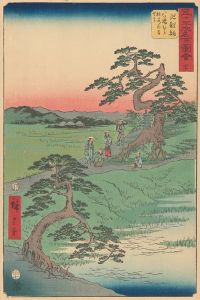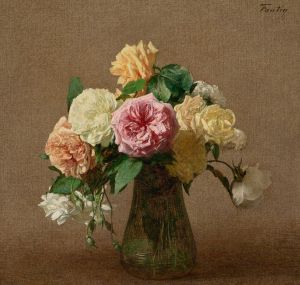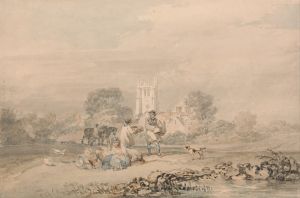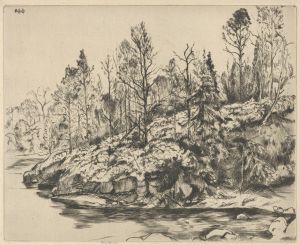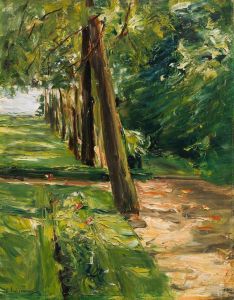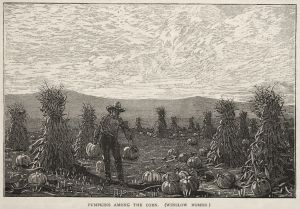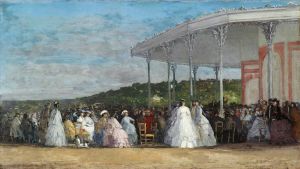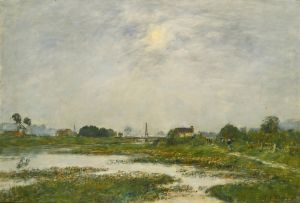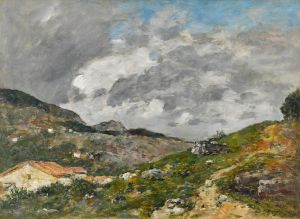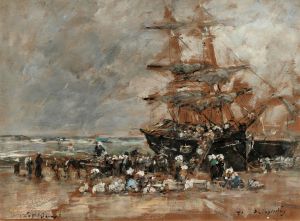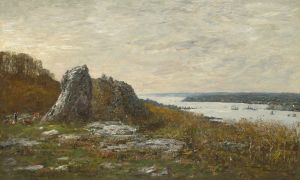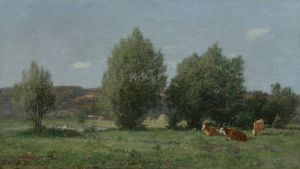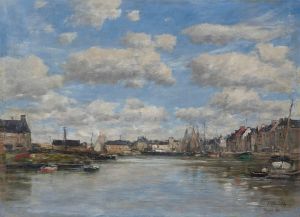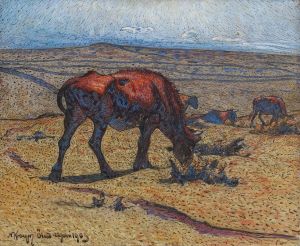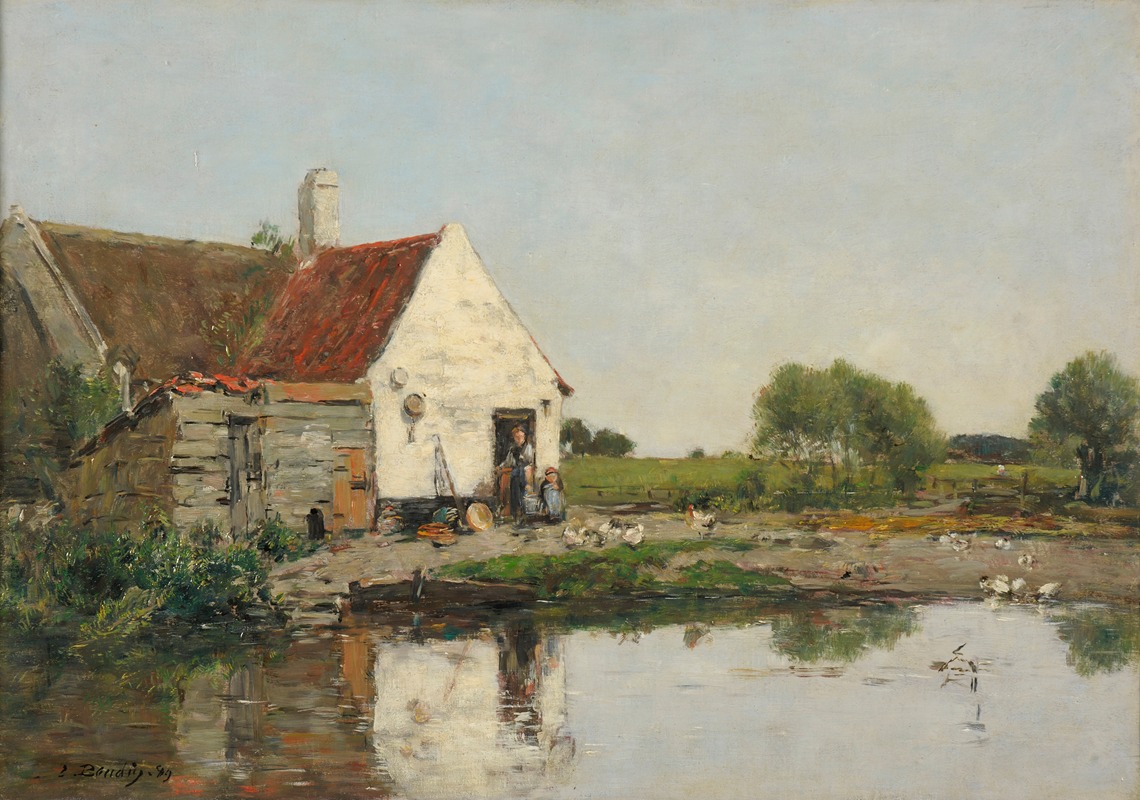
Un coin de ferme aux environs de Dunkerque
A hand-painted replica of Eugène Boudin’s masterpiece Un coin de ferme aux environs de Dunkerque, meticulously crafted by professional artists to capture the true essence of the original. Each piece is created with museum-quality canvas and rare mineral pigments, carefully painted by experienced artists with delicate brushstrokes and rich, layered colors to perfectly recreate the texture of the original artwork. Unlike machine-printed reproductions, this hand-painted version brings the painting to life, infused with the artist’s emotions and skill in every stroke. Whether for personal collection or home decoration, it instantly elevates the artistic atmosphere of any space.
Eugène Boudin's painting Un coin de ferme aux environs de Dunkerque (A Corner of a Farm near Dunkirk) is a work by the renowned French artist, who is widely regarded as one of the precursors of Impressionism. Boudin, born in 1824 in Honfleur, Normandy, was known for his ability to capture the transient effects of light and atmosphere in his landscapes and seascapes. His works often depicted rural and coastal scenes, reflecting his deep connection to the natural environment of northern France.
This particular painting, Un coin de ferme aux environs de Dunkerque, portrays a serene rural setting near Dunkirk, a city in the northernmost part of France. The composition features a farmyard scene, with elements such as rustic buildings, open skies, and possibly figures or animals, though specific details about the painting's content are not widely documented. The work exemplifies Boudin's characteristic style, marked by loose brushwork and a focus on the interplay of light and shadow.
Boudin's choice of subject matter in this painting aligns with his broader artistic interests in capturing everyday life and the beauty of ordinary landscapes. His works often celebrated the simplicity of rural life, and his ability to depict atmospheric conditions with subtlety and precision earned him admiration from his contemporaries, including Claude Monet, who considered Boudin a significant influence on his own artistic development.
The exact date of creation for Un coin de ferme aux environs de Dunkerque is not definitively recorded, but it likely falls within the period when Boudin was actively painting scenes of northern France, particularly in the 1850s to 1880s. During this time, Boudin frequently traveled along the French coast, producing numerous sketches and paintings that captured the essence of the region's landscapes.
The painting is an example of Boudin's dedication to plein air painting, a technique that involved working outdoors to directly observe and depict natural light and atmosphere. This approach was instrumental in the development of Impressionism, and Boudin's works are often seen as bridging the gap between the Barbizon School and the Impressionist movement.
Today, Un coin de ferme aux environs de Dunkerque is recognized as part of Boudin's extensive body of work, which is celebrated for its contribution to the evolution of modern landscape painting. The painting may be housed in a private collection or a museum, though specific details about its current location are not readily available.





